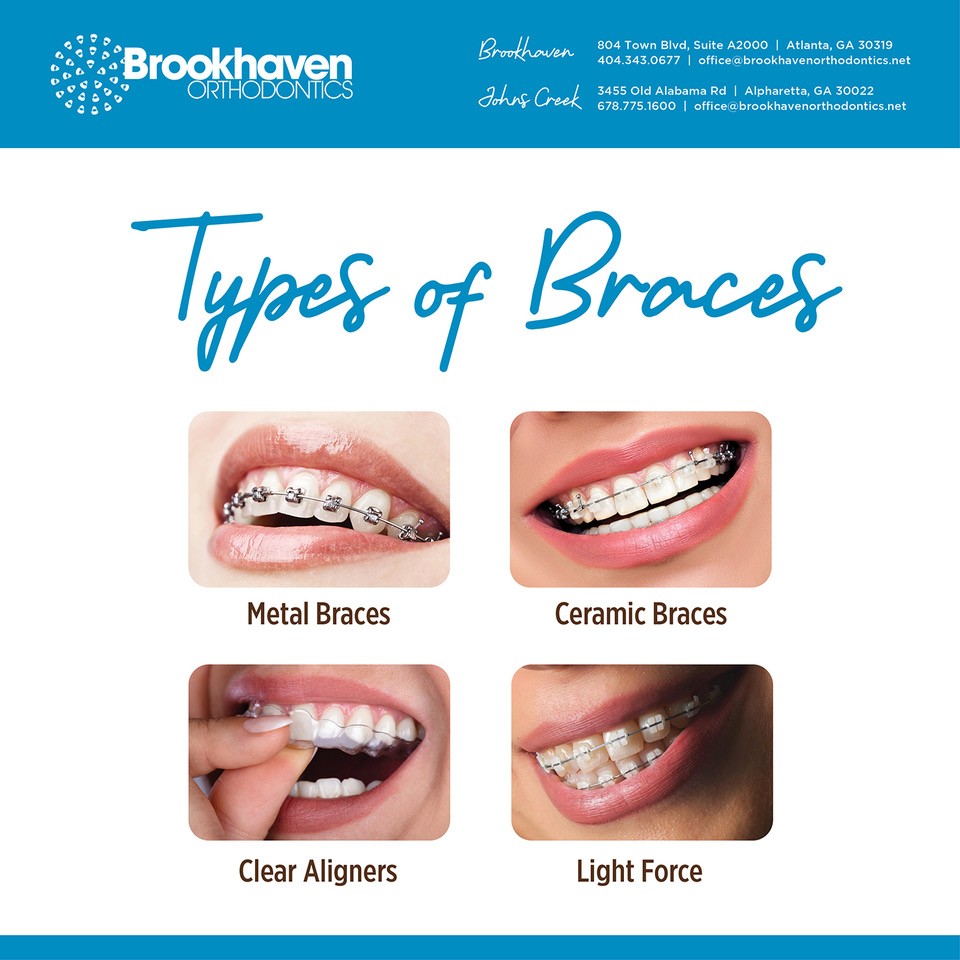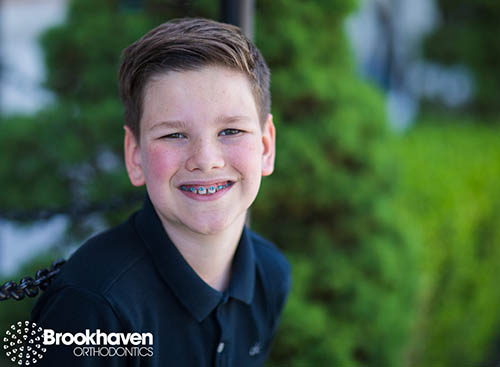
How Do Dental Braces Work?
Braces work by applying constant gentle pressure on teeth and jaws to move teeth into their proper position. Braces are at work all the time and are continually working to shift your teeth to create a better smile and improve your overall oral health.
Orthodontic braces do more than straighten teeth. Your orthodontist, Dr. Cox, will create a unique treatment plan to address any issues with jaw growth and development along with aligning your teeth. Straight, healthy teeth and jaws can help with problems like teeth grinding, sleep apnea, and snoring, in addition to aesthetics.
Traditional Metal Braces
Traditional metal braces are the most common form of orthodontic treatment. The two main components of conventional metal braces are the brackets bonded to your teeth and the main archwire. The metal bracket is essentially a handle affixed to each tooth. It secures the archwire and guides the tooth into its correct position. Through different wires and over time, braces shift the teeth according to your doctor’s treatment plan.

Clear Ceramic Braces
If you want a more discreet look to your braces, consider ceramic brackets! Clear braces have ceramic brackets that are tooth-colored and are not as noticeable as traditional braces. This option allows you to have the benefits of conventional orthodontic treatment without using metal brackets.


Clear Ceramic Braces
If you want a more discreet look to your braces, consider ceramic brackets! Clear braces have ceramic brackets that are tooth-colored and are not as noticeable as traditional braces. This option allows you to have the benefits of conventional orthodontic treatment without using metal brackets.
Clear Braces / Aligners
Clear aligners, made well-known by Invisalign® and often called clear braces. They are a popular alternative to metal braces and are used to straighten crooked teeth. The best feature of clear braces is that they are barely noticeable. Typically, these braces can correct mild to moderate teeth crookedness due to overcrowding, but severe crookedness or overcrowding of teeth will require metal braces. Clear braces are not available for all patients. Keep in mind that there are other alternatives to straightening your teeth without braces, such as retainers and expanders. Even though this method of straightening your teeth without braces is practically invisible, there can be situations when you may still feel uncomfortable wearing these aligners, such as important meetings, parties, or photoshoots. Do not worry – clear braces are removable.
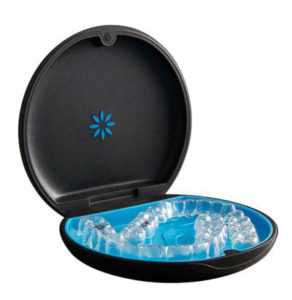

Clear Braces / Aligners
Clear aligners, made well-known by Invisalign® and often called clear braces. They are a popular alternative to metal braces and are used to straighten crooked teeth. The best feature of clear braces is that they are barely noticeable. Typically, these braces can correct mild to moderate teeth crookedness due to overcrowding, but severe crookedness or overcrowding of teeth will require metal braces. Clear braces are not available for all patients. Keep in mind that there are other alternatives to straightening your teeth without braces, such as retainers and expanders. Even though this method of straightening your teeth without braces is practically invisible, there can be situations when you may still feel uncomfortable wearing these aligners, such as important meetings, parties, or photoshoots. Do not worry – clear braces are removable.
Mouth Retainers
After Dr. Cox removes your dental braces, we move to the next stage of your orthodontic treatment. Retainers hold your teeth in their straight position. You need to wear your retainer every night. Otherwise, your teeth may shift, wasting your orthodontic treatment benefits. Dr. Cox recommends that you wear your retainer indefinitely. Consider it your insurance policy that you can rely on to keep your teeth straight. Without your retainer, you risk losing everything you worked so hard to achieve, so don’t test it! Here is more information on keeping your retainer clean so it will last.
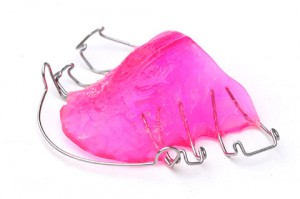
Orthodontic Appliances
Dr. Cox may recommend an orthodontic appliance with your treatment plan. The orthodontic appliances like expanders help with early treatment, and forsus springs help augment treatment time. There are various types of orthodontic appliances that each have a specific function. If you or your child needs an orthodontic appliance, Dr. Cox will review those details with you when beginning treatment.
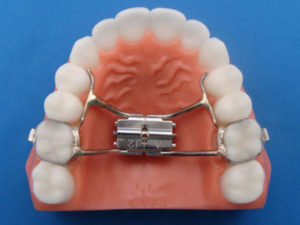

Orthodontic Appliances
Dr. Cox may recommend an orthodontic appliance with your treatment plan. The orthodontic appliances like expanders help with early treatment, and forsus springs help augment treatment time. There are various types of orthodontic appliances that each have a specific function. If you or your child needs an orthodontic appliance, Dr. Cox will review those details with you when beginning treatment.
